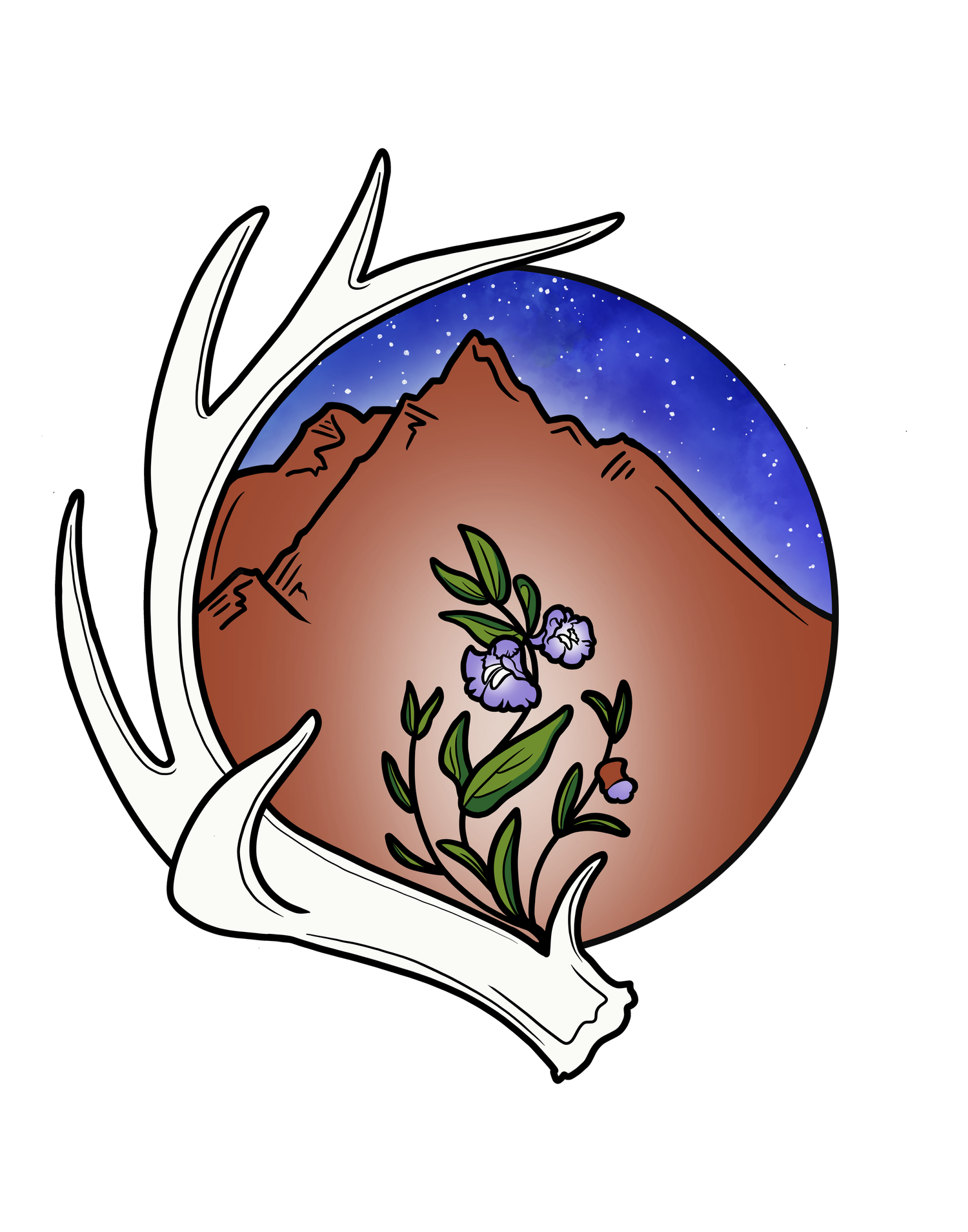Fabulous Flower Forms
Spike, Solitary, and Head may all sound like biker gang nicknames. But in fact, these are some of the delightfully nerdy terms used to describe flowers.
These terms are useful not only to slip into casual conversation at your next botanical society meeting, but also for more mundane purposes, like figuring out what you have growing in your backyard.
Inflorescence
From the Latin florescere meaning ‘begin to bloom’, an inflorescence is the part of the plant with all the flower parts. This includes the stems and stalks, as well as the usual petals, sepals, etc.
Sometimes plants are relatively simple, and have just one flower on one stem (a tulip would be a prime example). But often it’s a bit more complicated, with several to hundreds of individual flowers on an inflorescence.
To help narrow down this complexity, the different arrangements of flowers are given specific terms.
Solitary
This is the flower we all draw as children. A stick with a blob at the top. These flowers get a whole stem all to themselves, with out all the usual crowding. Tulips, daffodils and poppies are all examples.
A group of Pulsatilla spp., with their solitary type flowers poking out of the snow.
Head
A dense cluster of stem-less (sessile) flowers, all crammed together on the same flower top (receptacle). Think of it like a party at a New York City studio apartment.
The fancy-schmancy name for this is pseudanthium, which roughly translated means ‘false flower’. It is thought of as false because what looks like a simple flower with a few petals is actually 10 or sometimes 1000’s of teeny-tiny individual flowers. Sunflowers, daisies, and dandelions are all examples of this deceptively complex type of inflorescence.
A cluster of Inula helenium, or Elecampane, a perfect example of flowers in Heads, or Pseudanthiums. Also of the whole Sunflower or Asteraceae family in general.
Spike
This is actually pretty straightforward. This means that the flowers are stem-less and spread out along the tip-top of a stem. Another important part is that they bloom from the bottom up (very democratic). Mullein and Lavender are examples.
Verbascum thapsus, or Wooly Mullein. The absence of flower stems makes this a perfect Spike.
Actaea/Cimicifuga racemosa, or Black Cohosh. With 'racemosa' in the Latin name, this is a wonderfully obvious example of a Raceme.
Raceme
This is strikingly similar to a spike, with the notable exception that each individual flower has it’s own little stem, called a pedicel (think of it like a mini pedestal, raising the flower up and off the main flower stem). A great way to remember this is to think of a cluster of grapes (the Latin root racemus literally means “a bunch of grapes”). Similar to the spike, these inflorescences also bloom from the bottom up. Foxglove, lupine, pokeweed, and of course grapes, are all examples.
We'll check out the other inflorescence types in the next blog, but until then, get out there and find some flowers!
How to Learn More
Come to one of our Wild Edible and Medicinal plant walks, or an Introduction to Herbalism Class.
OR
Follow us on Facebook. We are always posting new info on plants, medicine, and links to cool videos and articles.




